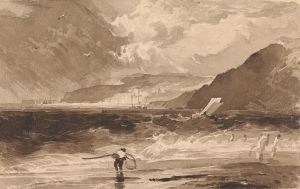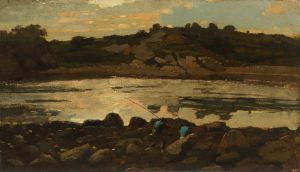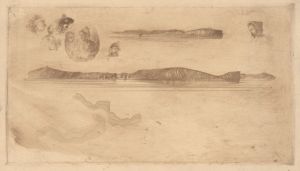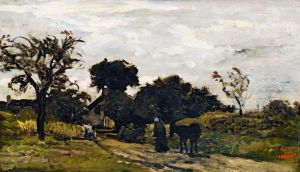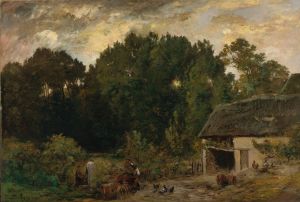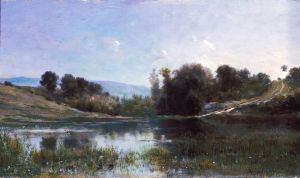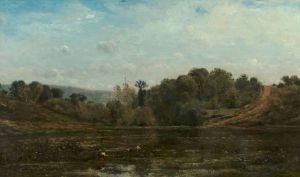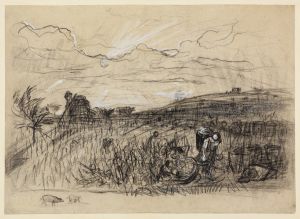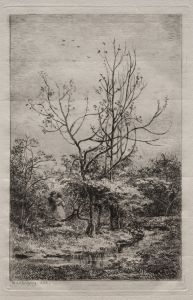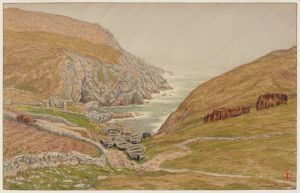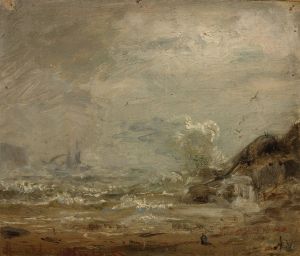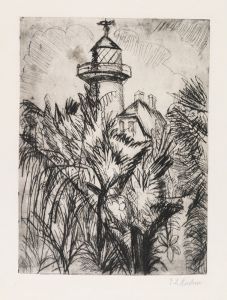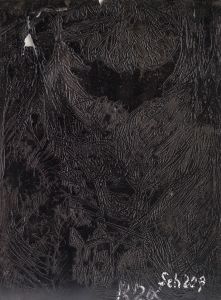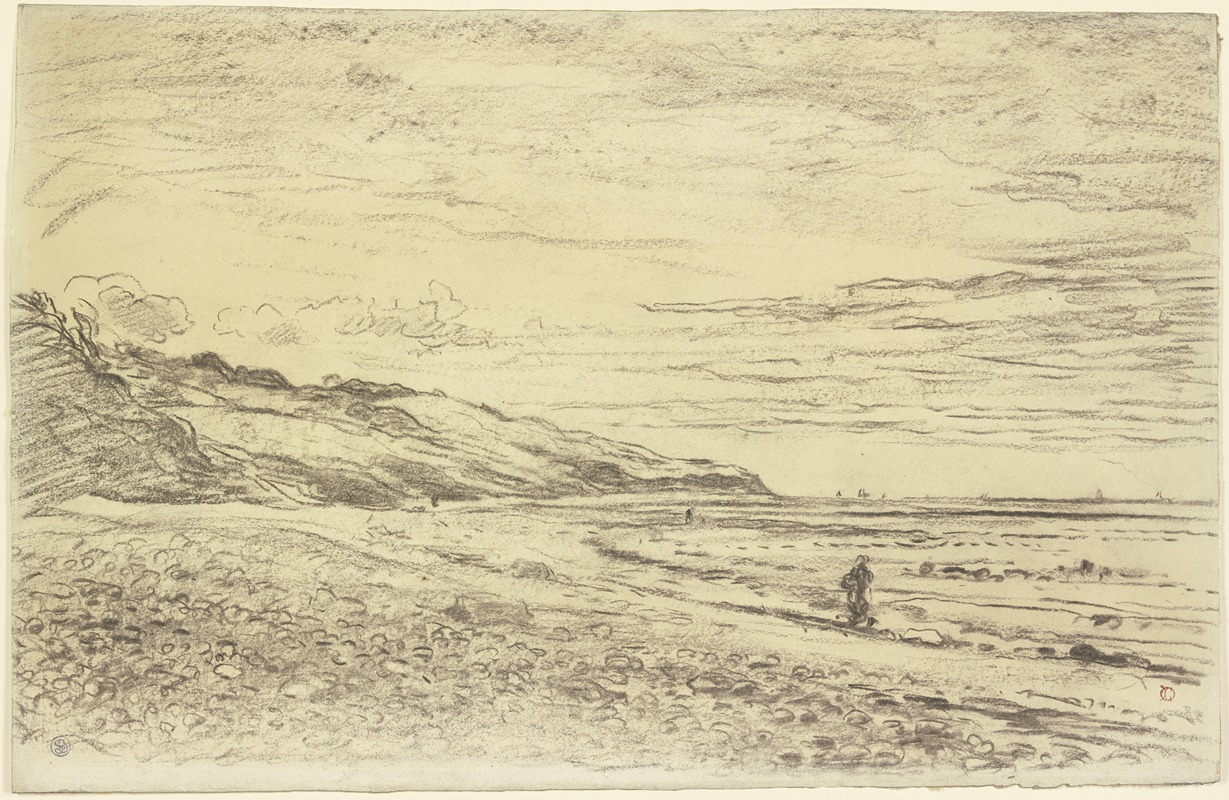
Steinige Meeresküste, vorne links Hügel
A hand-painted replica of Charles François Daubigny’s masterpiece Steinige Meeresküste, vorne links Hügel, meticulously crafted by professional artists to capture the true essence of the original. Each piece is created with museum-quality canvas and rare mineral pigments, carefully painted by experienced artists with delicate brushstrokes and rich, layered colors to perfectly recreate the texture of the original artwork. Unlike machine-printed reproductions, this hand-painted version brings the painting to life, infused with the artist’s emotions and skill in every stroke. Whether for personal collection or home decoration, it instantly elevates the artistic atmosphere of any space.
Charles François Daubigny (1817–1878) was a prominent French landscape painter associated with the Barbizon School and a precursor to the Impressionist movement. His painting Steinige Meeresküste, vorne links Hügel (translated as Rocky Seashore, Hill on the Left in the Foreground) is a lesser-known work that reflects his mastery of naturalistic landscapes and his interest in capturing the transient effects of light and atmosphere.
Daubigny was known for his innovative approach to plein air painting, often working outdoors to directly observe and depict nature. This method allowed him to render landscapes with a sense of immediacy and authenticity. While specific details about Steinige Meeresküste, vorne links Hügel are scarce, the painting is consistent with Daubigny’s broader oeuvre, which frequently featured serene rural scenes, rivers, and coastal landscapes.
The title of the painting suggests a depiction of a rocky seashore with a hill in the foreground on the left. This subject matter aligns with Daubigny’s interest in maritime and coastal themes, which he explored in various works throughout his career. His ability to convey the interplay of light, water, and land made his seascapes particularly evocative.
Daubigny’s work had a significant influence on the development of modern art, particularly on the Impressionists. Artists such as Claude Monet and Camille Pissarro admired his techniques and his dedication to painting en plein air. Daubigny’s use of a specially modified boat, which he turned into a floating studio, allowed him to explore and paint river and coastal scenes from unique perspectives.
The painting Steinige Meeresküste, vorne links Hügel is an example of Daubigny’s commitment to capturing the natural world with sensitivity and precision. However, detailed information about the creation, provenance, or current location of this specific work is not readily available in public records or major art historical references.
Daubigny’s legacy endures as a key figure in 19th-century French landscape painting, bridging the gap between the Barbizon School and the Impressionist movement. His works continue to be celebrated for their poetic depiction of nature and their influence on subsequent generations of artists.





